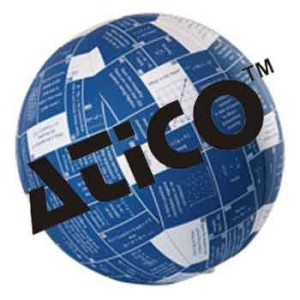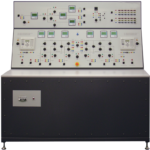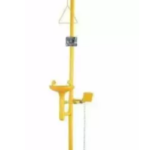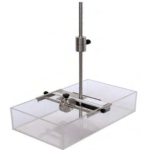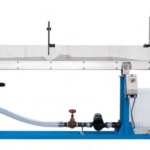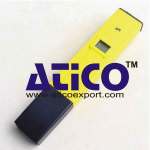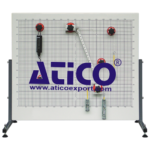Astronomy Clever Catch
A creative way for children to learn astronomy concepts. Players toss the 24” ball to each other and call out the answer to the astronomy question found under their left thumb. Many variations of play! Includes a list of game suggestions, directions and answers.
Astronomy Lab Equipments
Astronomy labs require a wide range of equipment to study celestial objects and phenomena. Here are some of the most common used in astronomy lab equipments:
- Telescopes: These are the most important equipment in astronomy labs. They gather light from distant objects and focus it to produce images.
- Mounts: Telescopes need to be mounted to a stable base or tripod to maintain steady observation.
- Eyepieces: These are attached to telescopes to magnify and focus the light.
- Cameras: Digital cameras are used to capture images of celestial objects.
- Filters: Filters are used to block unwanted light and enhance specific wavelengths.
- Spectrometers: These instruments are used to analyze the spectrum of light emitted or absorbed by celestial objects.
- CCD Cameras: These are high-resolution digital cameras used to capture detailed images of celestial objects.
- Planispheres and Star Charts: These are used to identify and locate specific stars and constellations in the sky.
- Computer software: Specialized software is used to control telescopes and cameras, as well as to process and analyze astronomical data.
- Solar telescopes: These are used to study the sun and its activities.
- Radio telescopes: These are used to study radio emissions from celestial objects.
- Spectroscopes: These are used to measure the spectral properties of light emitted by celestial objects.
- Calibration devices: These are used to calibrate the instruments used in astronomy labs.
- Binoculars: These are useful for studying large areas of the sky and locating specific objects.

